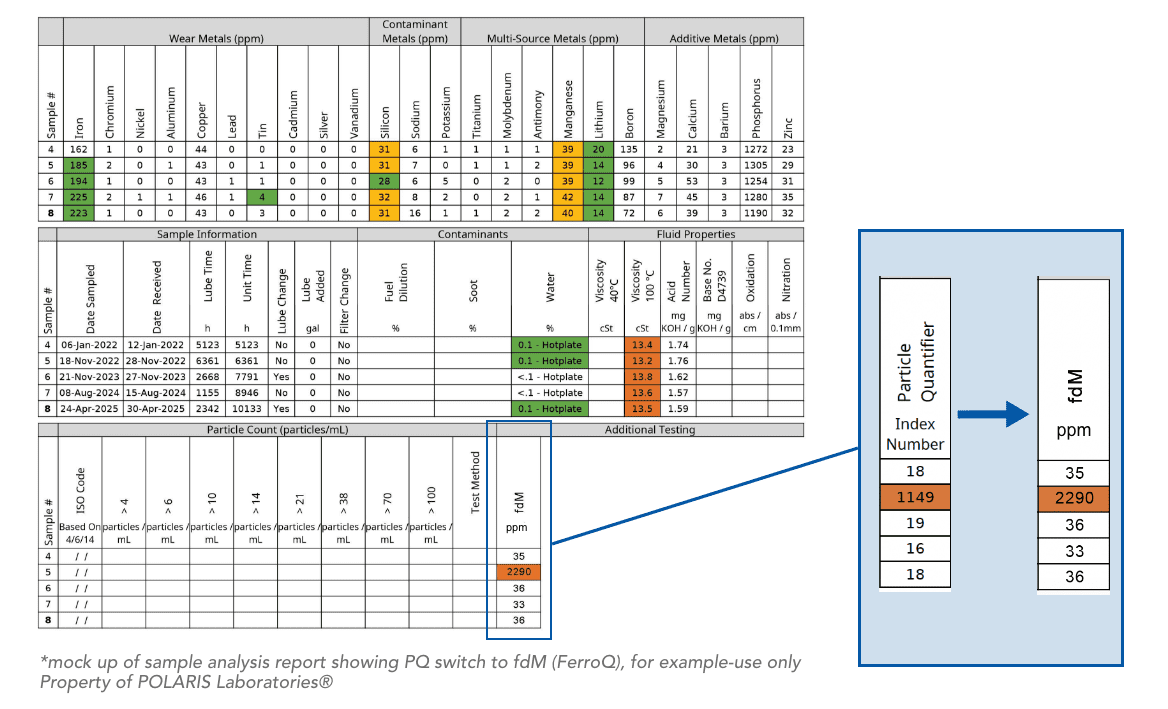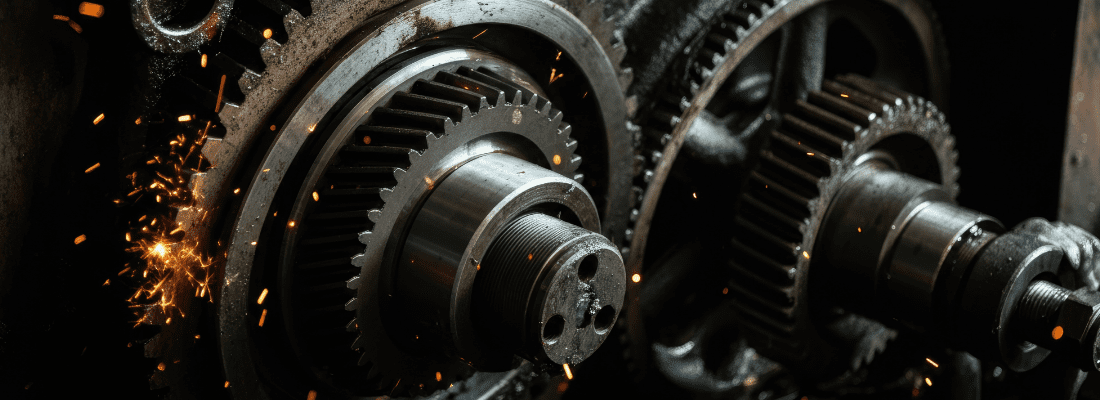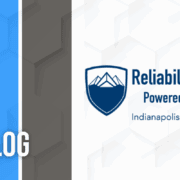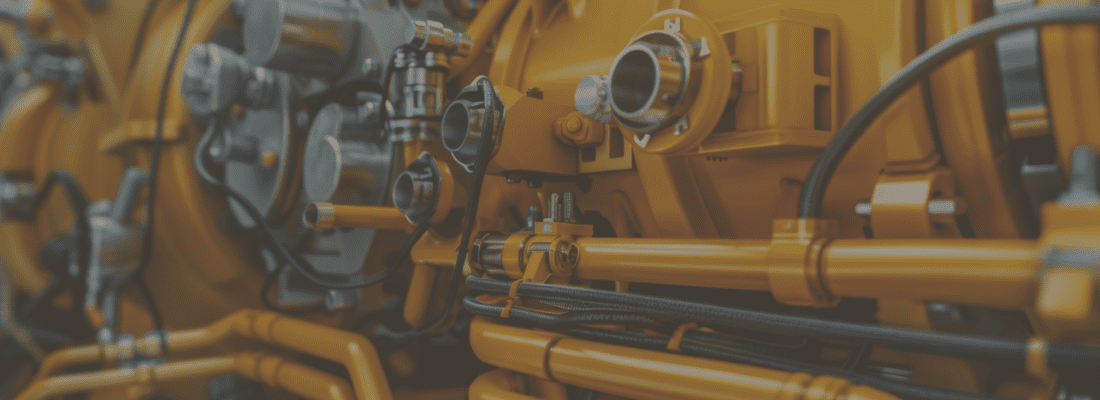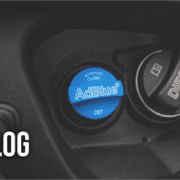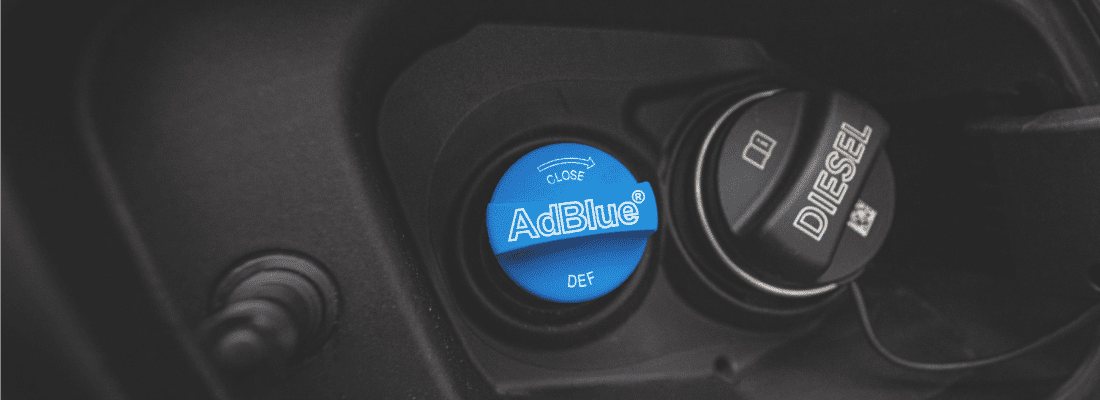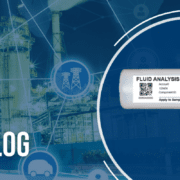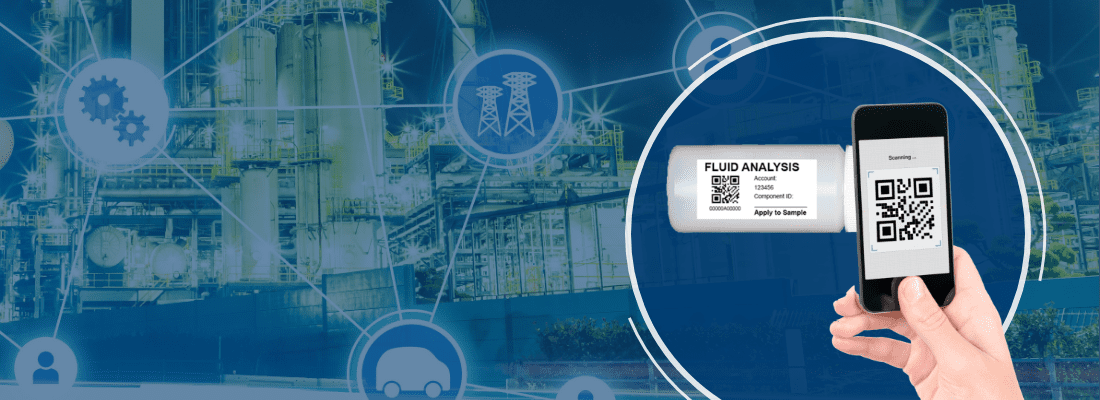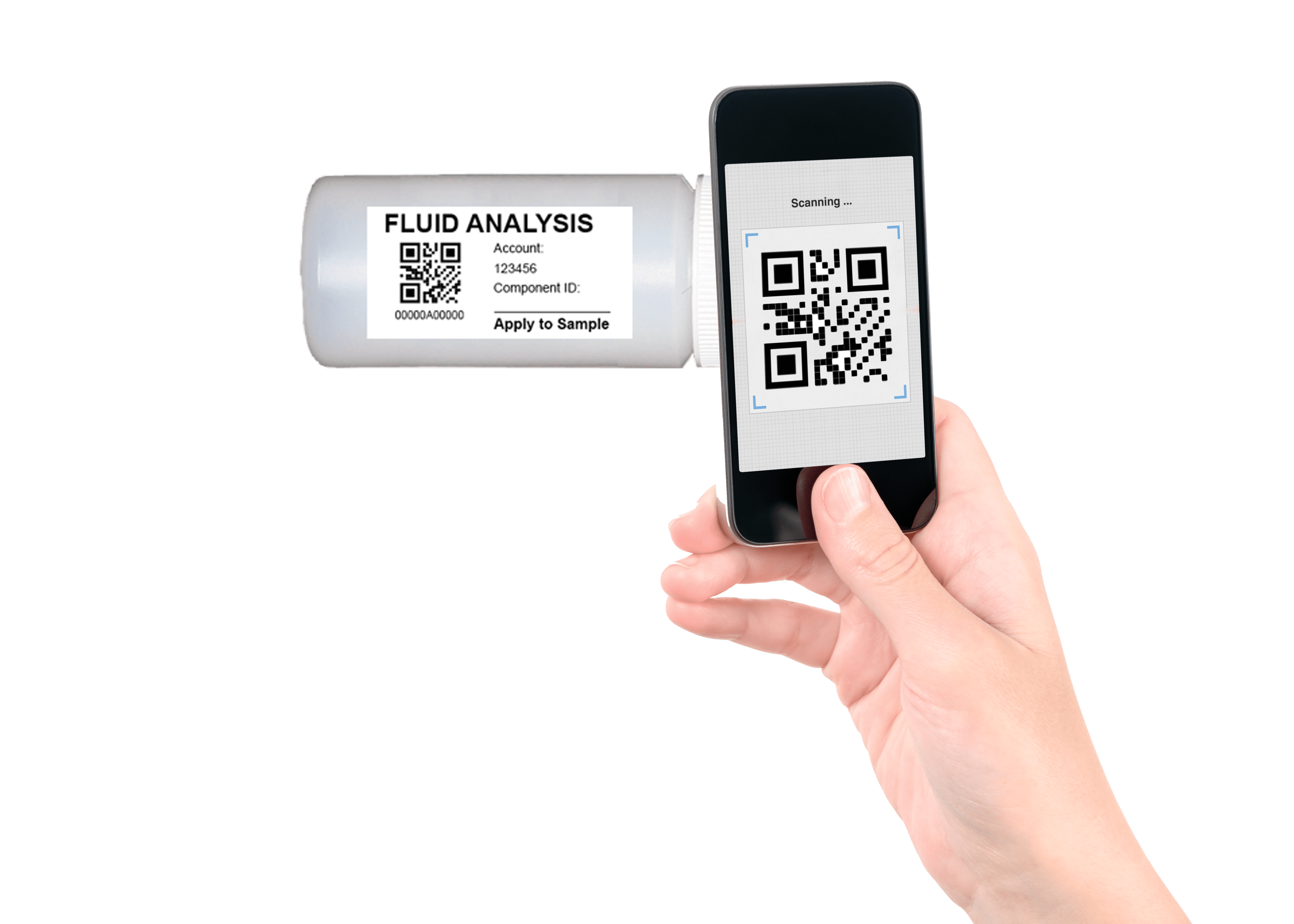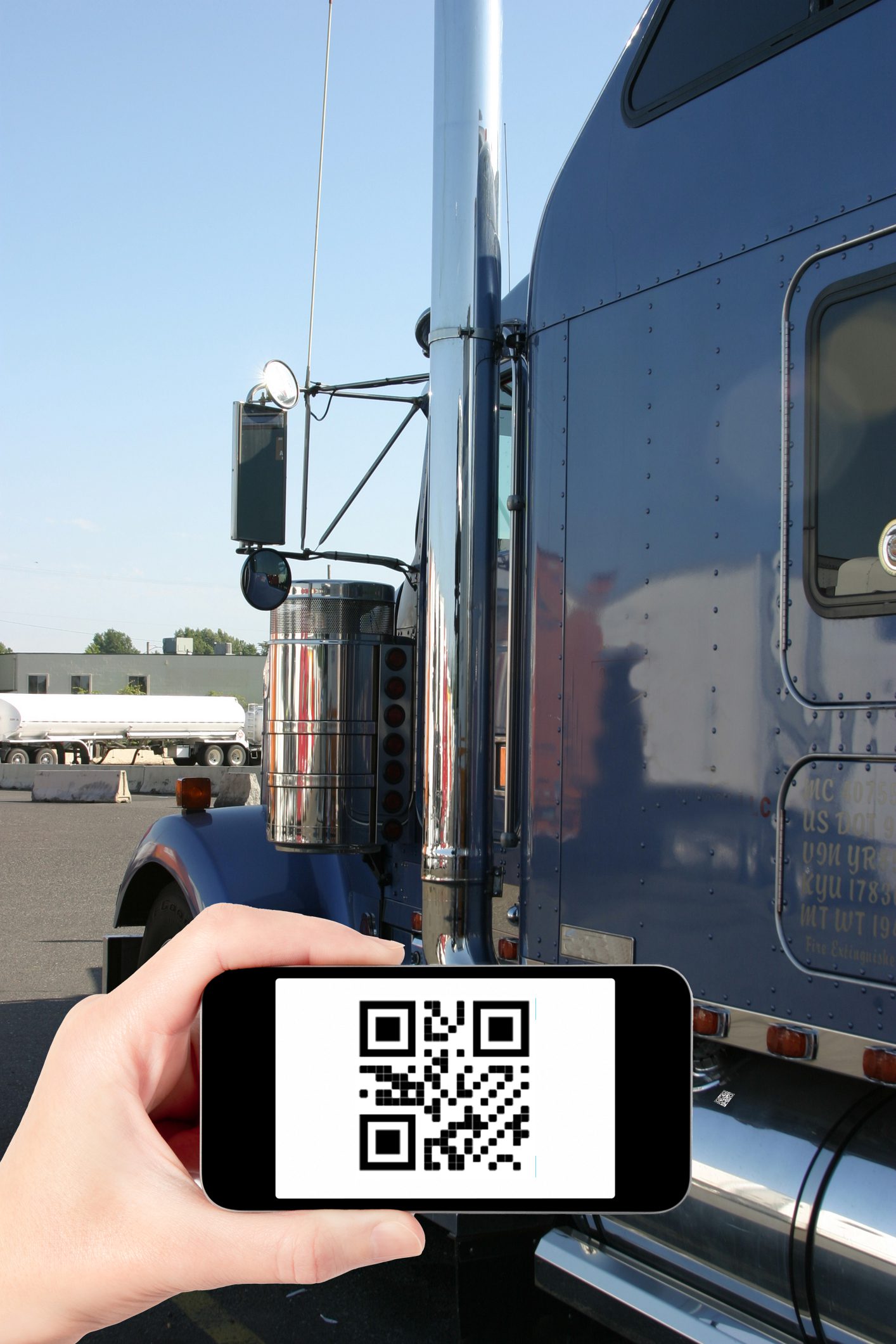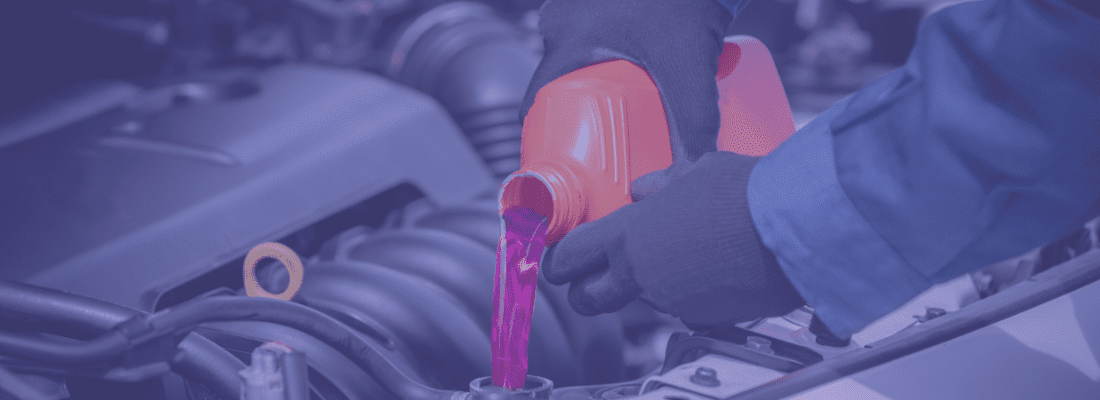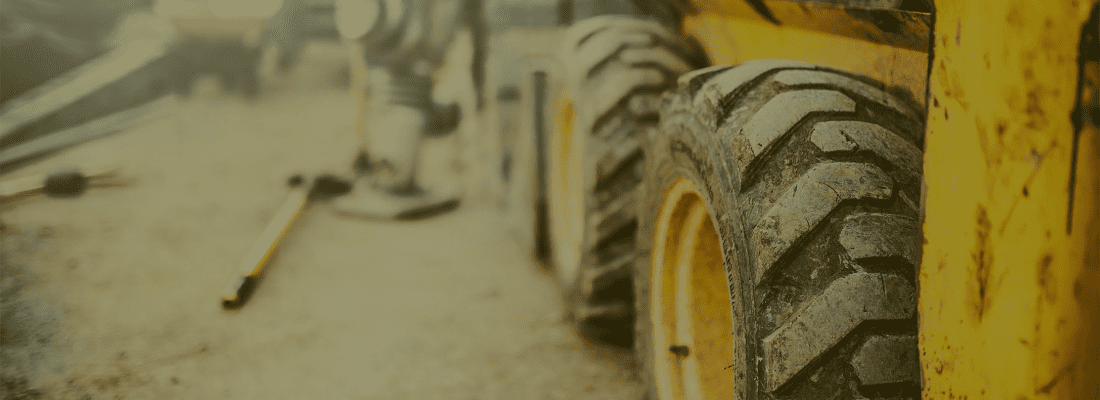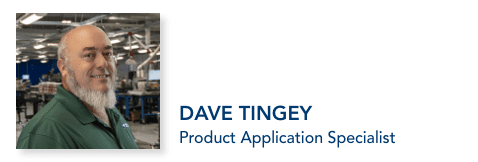
Since opening our doors in 1999, POLARIS Laboratories® has had a mission to provide reliable data, analysis and information to our customers so they can save more equipment.We started off with big ambitions with Jeff White, Mark Minges, Don Woods, Robin Batt, Kevin Batt leading the charge and Bryan Debshaw joining with his aligning entrepreneurship vision soon after. From there, the company has evolved into the POLARIS Laboratories® we all know today. From every corner of the company, we pride ourselves in providing our customers with reliable information and maintenance recommendations and will continue to provide the same quality results for the next 25 years and beyond. While looking back at our last quarter century of achievements, we want to commemorate the vast amount of progress we’ve made as a team since the very beginning.
The journey of POLARIS Laboratories® has been remarkable. In celebration of our 25 years working with brilliant minds and dedicated customers, we would like to take you all on a tour of our history and accomplishments throughout the years.
The POLARIS Laboratories’ Impact on Savings
POLARIS Laboratories® has been hard at work ensuring our customers get the best results when they need them the most. Through 25 years of testing, analyzing and providing insights into equipment-saving actions, we’ve produced:
- 68,000+ pieces of equipment saved from failure
- 2,800,000+ critical severity reports delivered
- $300,000,000+ customer maintenance dollars saved
It is hard to believe the amount of hard work and dedication those in our labs and other sectors of POLARIS Laboratories® have contributed to build the reputation we have now. The impact we have made by continuing to push limits and set new goals for ourselves has driven our company since its very foundation.
The Gallery of POLARIS Laboratories® Major Projects
From 1999 to 2024, the number of projects and accomplishments has only grown and expanded. Some value-add services we’ve built up in the years we’ve grown include:
Increasing fluid testing, lab openings, available platforms and more has given our customers more options than ever. We started with oil and continuously expanded our expertise into coolants, fuel and grease. Eventually we’d extend into specialties such as Filter Debris Analysis (FDA), Micopatch, and Analytical Ferrography (AF). Our understanding of the usefulness of tools and applications has allowed us to continuously expand our offerings to meet our customers’ needs.
The POLARIS Laboratories’ Global Expansion Timeline
Through the goal of building up our laboratories, we aimed to bring our services to as many customers as possible as we’ve expanded globally. The timeline of our growing laboratory locations include:
Indianapolis – 1999 Houston – 2003
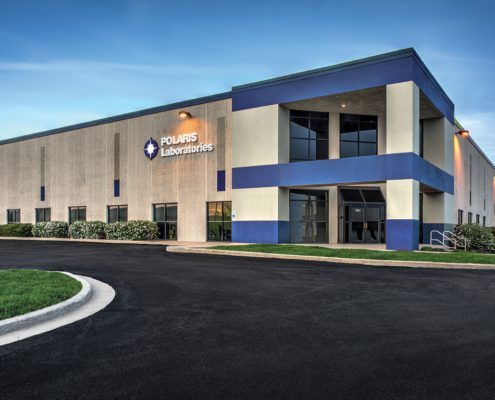
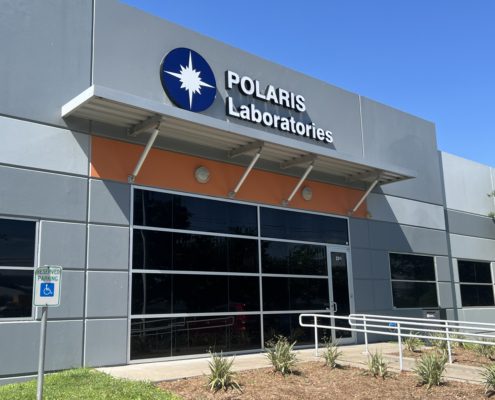
Salt Lake City – 2005 Edmonton, Canada – 2008
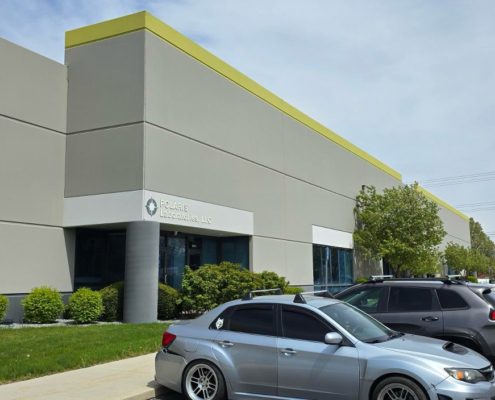
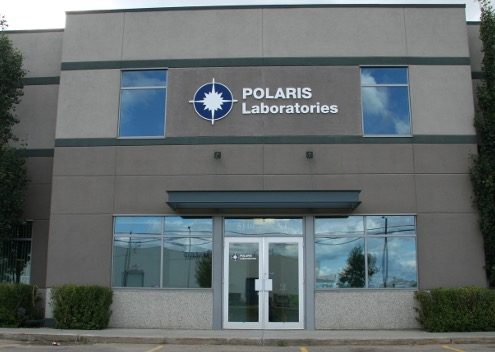
Guatemala City – 2011 Poznań, Poland – 2013
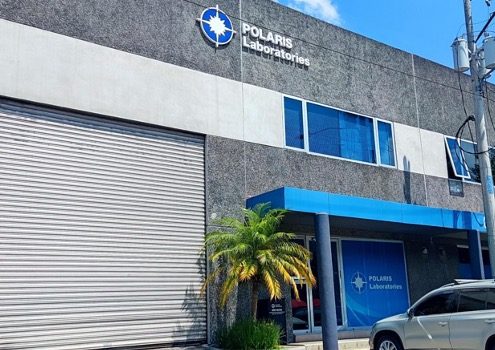

Bogotá, Colombia – 2020
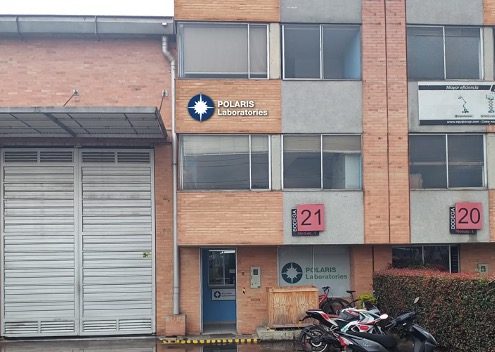
Though our roots are in Indianapolis, our goal is to expand to help as many customers as possible. As our services grew nationally, we saw potential in building new foundations for customers in need of fluid analysis internationally. From Edmonton to Bogotá, we continued to lend our services worldwide in hopes of advancing the number of locations our customers can utilize for their analysis.
The POLARIS Laboratories’ Mission
One of the major elements POLARIS Laboratories® represents is the sense of dedication, innovation and discovery. This 25-year long journey that so many people have been part of has been astounding. From a single location in Indianapolis to now operating in multiple regions, the POLARIS Laboratories® name has been a beacon for discovery for many throughout the years. From those who operate under the POLARIS star to those who have journeyed under the star with us, we all come to acknowledge the dedication put into making us shine. Celebrating 25 years of discovery.
Published May 1, 2024
